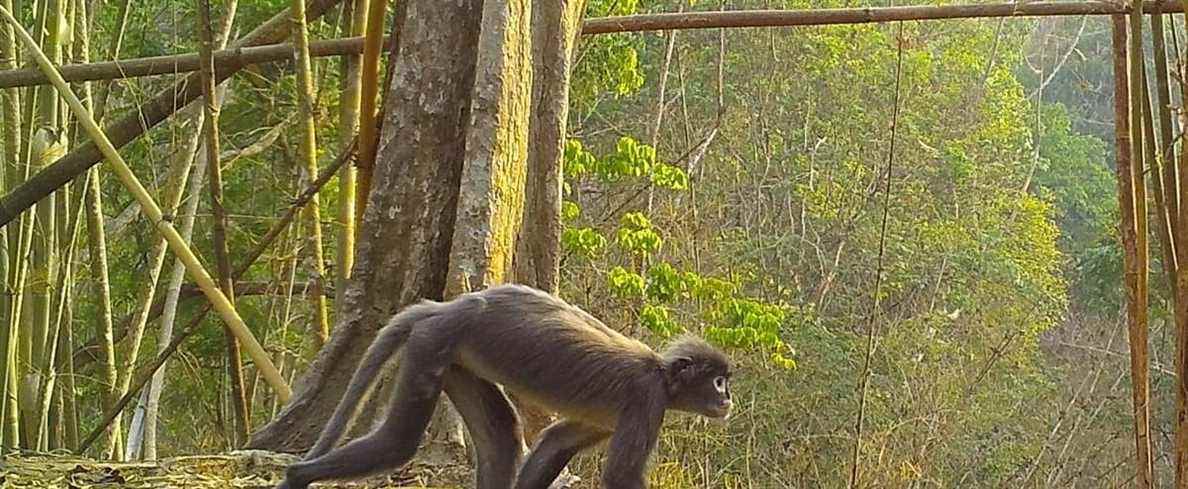bangkok | Scientists have discovered more than 200 new species in the Greater Mekong region in 2020, according to a report from the World Wildlife Fund (WWF), despite global warming and logging.
Among these discoveries are a new primate, a colorless cave fish and an iridescent snake whose scales, astonishingly, do not overlap.
A total of 224 new species of vertebrate plants and animals have been recorded in the region – which includes Burma, Thailand, Laos, Cambodia and Vietnam – says WWF in its ‘New Species Discoveries’ report.
Images of Popa’s Langur monkey, which takes its name from the extinct Mount Popa volcano in central Burma, have been taken.
This primate is however threatened by hunting, logging and habitat loss. Estimates suggest that only 200-250 individuals remain in total.
In Vietnam, researchers have discovered, at more than 2000 meters of altitude, the horned frog of Mount Ky Quan San, with bright colors.
The Greater Mekong region is a high place of biodiversity, thanks to its varied landscapes: there are jungles, mountains, or even karstic formations.
It is home to some of the most impressive – and endangered – species in the world, including the tiger, the Asian elephant and the giant Mekong catfish.
The WWF stresses that the rate at which new species are being discovered – more than 3,000 since 1997 – proves the importance of preserving the region’s fragile ecosystems.
